Direct sales offer commercial lamb producers an important price premium and the higher the killing out percentage the more profit a farmer will make from a single carcass.
James Richard Morris, who runs a flock of mixed breeds in South Wales with his wife and young family, supplies his local butcher with lambs weekly.
James is paid a premium to supply lamb of an excellent and consistent quality. To maximise profitability, carcass size is important.
He tups the flock with several different breeds, but it is the Southdown, which he uses on a percentage of his Welsh crosses, that provides the highest killing out percentage.
“A 45kg lamb from a Welsh ewe crossed with a Southdown will produce a carcass of around 20kg,’’ says James.
The Southdown crosses weigh in heavier even though they have a slighter frame than other crossbreeds.
“It produces a good, compact cross lamb. I refer to the Southdown crosses as knee-breakers because they are so solid!’’
The cross is also valuable from a butcher’s perspective. “They produce meat with a good fat level but not too much for the taste of my butcher’s customers,’’ says James.
Generations of his family on both sides have farmed and he has been involved in agriculture all his life.
He was 30 when he acquired his own holding number, buying his first sheep in 2009 and establishing the business from a standing start. “There have been no hand-me-downs, I’ve had to build the business up slowly and work off farm to generate another income.’’
His first introduction to sheep was a Welsh cross ewe he acquired from a neighbour. “She was called Mary and only had one quarter. But it was a good place to start because establishing a business requires determination and I needed heaps of that with her, particularly as I had no shearers and had to clip her with scissors!’’
James now runs a flock of 300 ewes together with cattle and pigs on 245 acres of land he rents from the Pontypool Park Estate. “We’ve got a mixture of sheep breeds, a commercial flock is a numbers game.
“We want to make the system more efficient and getting the right breed in the flock is part of that.’’
The ewes are predominately Welsh crosses and several breeds of rams are used to provide a good balance of offspring.
“It is important to have a lamb that doesn’t need extra care, one that is a good survivor, and a Southdown certainly provides that,’’ says James.
“The Southdown is a good honest and hardy animal for the area where I farm. It has shone the best out of all the breeds and has held its condition well, wrapped up in wool.’’
He first used Southdowns in 2015 and has retained as replacements 20 Southdown-cross ewe lambs as well as Suffolk and Lleyn cross ewe lambs. He will lamb the first of these this season.
Southdown tups are sourced from his neighbours, Howard and Harry Wood. “I knew the breed well because I have helped Howard and Harry for a number of years and I liked the breed. The ram is longer and leaner than some of the breeds.’’
The flock is tupped in November. Previously it was August, but James has temporarily shifted his lambing pattern to lamb the flock on April 1st. “I’d taken on a new tenanted farm and had to make a few changes to the lambing system, lambing later to reduce feed costs, to invest money into new infrastructure.’’ Next year he plans to revert to earlier lambing.
Later lambing will mean the ewes and lambs will better utilise grazing.
This year the yearling Southdown crosses scanned at 130% compared to 125% in the commercial yearlings. The main flock averages 183%. “Provided the flock is in good health and condition we expect a minimum of 1.8 lambs,’’ says James.
Ewes are housed in four polytunnels from March 1st and fed 500g of concentrates a head daily together with haylage. Ewes also have access to mineral lick buckets and fodder beet, either home-grown or purchased when necessary.
Foot health is good, although there can be issues when the ewes are housed. But James takes a holistic approach to preventing and treating disease. “I don’t throw medicines at my animals unless they are needed, I use alternative strategies to keep them in good health.’’
Although grass and forage are integral to the system, the productivity of the land is compromised by pH levels of between 5.1 and 5.4 caused by historical farming practices of previous tenants.
James is addressing this issue but admits it will take years and significant expense to get the land to the ideal index of 6-6.5.
Land type ranges from lowland to rough hill grazing.
Twenty acres were reseeded last year with a ryegrass seed mixture including white clover, and Timothy. These leys are used for producing two cuts of silage and for providing autumn grazing. Last year James made 1000 big bales of silage, haylage and hay and bought in straw.
He started supplying award-winning Palfreys of Newport after he was approached by the owner, Mark Ashenden.
“He wanted to take the shop back to its roots by sourcing meat locally, from one supplier rather than multiple farms.
“He now takes lamb, mutton and pork from me every week. It provides a regular income which allows me to plan the business.’’
Animals that are not supplied to Palfreys are sold through local livestock markets.
James also produces free range turkeys for the Christmas market, selling to Palfreys and at the farmgate to private customers. “I’m active on Facebook and have my own site, Monmouthshire Free Range Meats, which people can visit and learn more about the family and the farm,’’ he says.
Finishing an animal is the most challenging aspect of the business, James reckons. “You learn as you go along. I am experimenting still and breeds like the Southdown are new to me. It’s a learning curve.’’



